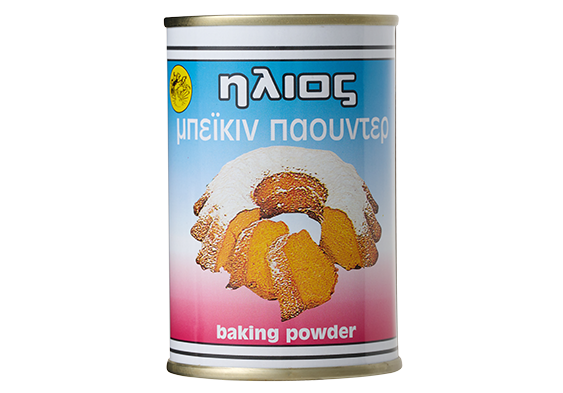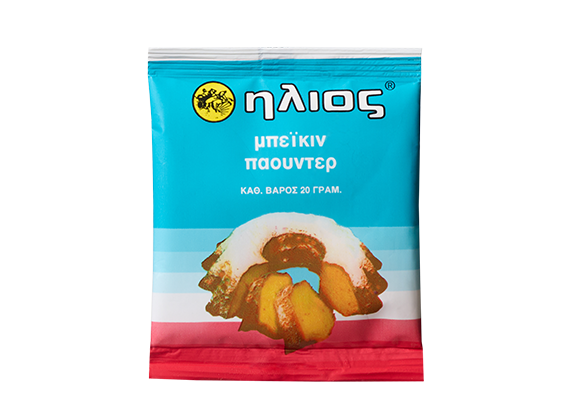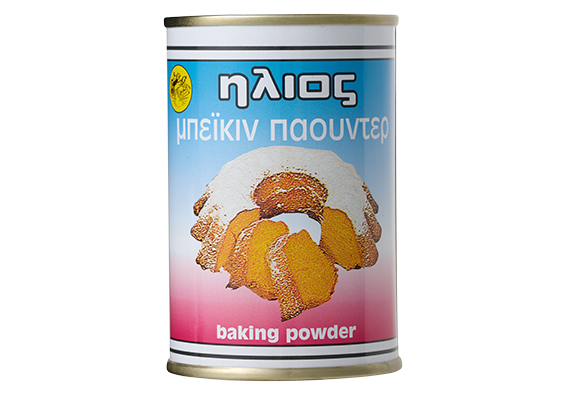



Baking powder, like baking soda and yeast, is used for increasing the volume of pastries without yeast. Baking powder lightens the texture of cakes by causing the bubbles in a batter to expand. The correct use of baking powder is what makes the difference between a light and fluffy cake and a chocolate brick.

Vegetarian

Aromatic
| Sachet | 20gr |
|---|---|
| Plastic box | 200gr |
| Prof. Sachet | 500gr |
It is used in cakes, birthday cakes, breads and everything baked that needs leavening.
Generally, a teaspoon (5 grams) of baking powder is used to raise a mixture of one cup (200-250 ml) of flour, one cup of liquid and one egg.
A simple procedure used to try its freshness shows the importance of baking powder’s leavening action. Mix a teaspoon of baking powder into a cup of hot water. Fresh baking powder will immediately form bubbles. Baking powder creates carbon dioxide air bubbles and enhances the air bubbles you create when mixing ingredients with creamy texture for your birthday cake.
In comparison to other leavening agents, baking powder has different, beneficial properties for cake backing that other types of leavening agents don’t have. Yeast produces the same rising action, but requires two to three hours to produce bubbles. Baking powder reacts with water, while baking soda requires the use of a liquid acid, like buttermilk or yogurt. Baking soda reacts immediately with liquids, requiring you to bake your cake right away. Baking soda reacts badly with cocoa producing a reddish color, making your cake “devil’s food”.